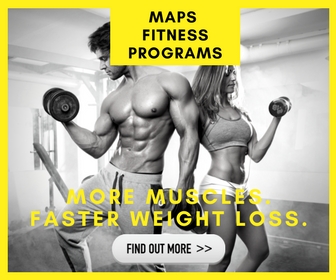
Should I Do More Reps or More Weight?
Jan 3, 2018 mindpumpMost women have been told that lots of reps with low weight is the way to achieve the “toned” physique. Most men have been told that the 8-12 rep range is best for building muscle, and have spent most of their training careers there. We find a rep range that we’re comfortable in, and stay there far too long.
Most men and women have also spent YEARS seeing little to no progress.
To make CONSISTENT progress, it is necessary to train with both HEAVY WEIGHT and with HIGH REPS.
Both?
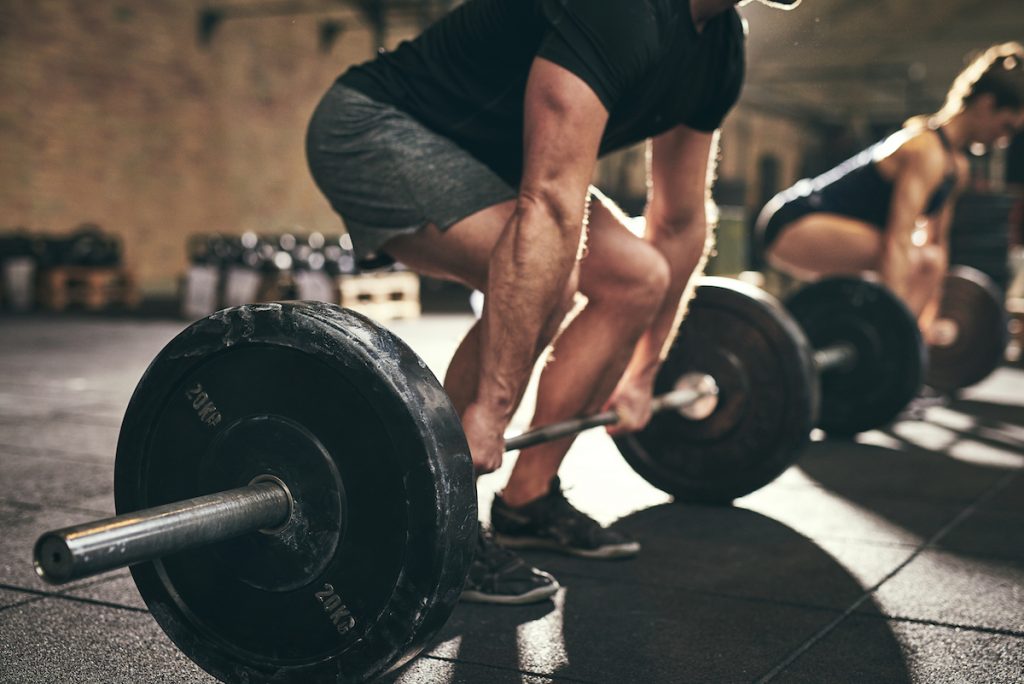
If you want to both look good AND feel strong (who doesn’t?), I HIGHLY recommend training in both high weight, low repetitions and lower weight, higher repetition phases.
Each has their inherent benefits:
High weight, low reps (Strength focus, 1-5 reps): Great for building strength. However, more strength doesn’t alway mean bigger muscles. Strength and the ability to lift heavy weights is a skill. To lift a weight, your brain sends a signal to a motor unit, which is responsible for contracting muscle fibers. As you “practice” lifting heavy weights, your central nervous system becomes better at recruiting more motor units at once, which allows you to move heavier weight (get stronger), without necessarily gaining size.
High reps, low weight (Hypertrophy focus, 6-20 reps): Great for increasing the size of muscles (a.k.a. hypertrophy); Not as effective for building raw strength. When you train in this fashion, it is much easier to build up more VOLUME: the main driver of hypertrophy. Adequate volume is the biggest key to building more size. Volume = load x sets x reps (basically, the total amount of weight you move in a training session).
Most of us choose one of these rep ranges, and stick with it for years. The thing is: to get bigger muscles, getting strong is important. The stronger you are, the more weight you can use. The more weight you use, the easier it is to accrue more volume.
AND
To get stronger, it’s extremely helpful to have more muscle mass. To quote Eric Helm’s excellent book The Muscle and Strength Training Pyramid: “A larger cross-sectional area and more mass means we have more muscle fibers to contract and we can move heavier loads. More muscle mass typically means more strength relative to when you had less muscle mass.” Helms, E., Morgan, A., Valdez, A., (2015) The Muscle and Strength Training Pyramid.
(For more on volume, intensity, etc. check out The Muscle and Strength Training Pyramid Youtube series )
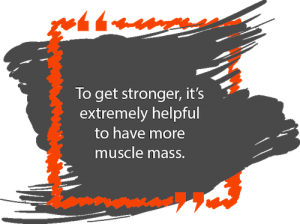
See why sticking with one style of training is a bad idea?
So both are important. Which should I do right now?
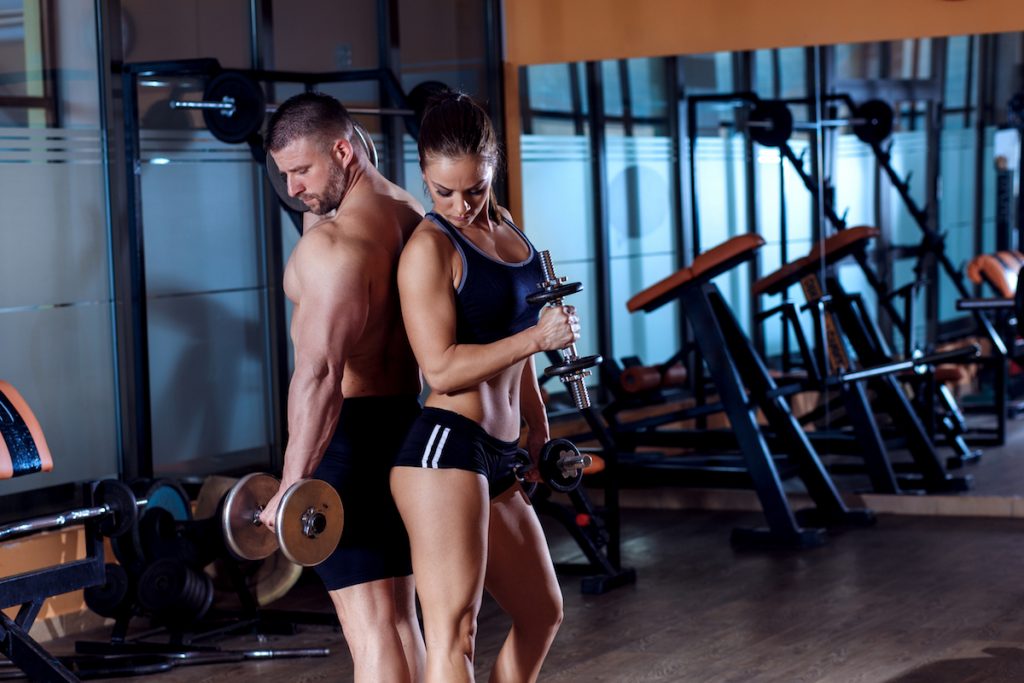
Which is the furthest from what you’ve been doing the last 3-4 weeks? If you’ve been doing high reps the last 3-4 weeks, it’s time to change your focus to more weight, or vice versa.
The body is an adaptation machine. It changes when presented with a new stimulus (i.e. heavy weight). The further the stimulus is from what your body is used to doing, the greater the amount of change your body will be forced to make, due to this being such a new adaptation.
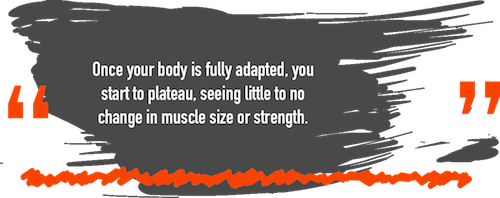
If you’ve been doing high reps, low weight style training for the last month, by this point your body is fully adapted to the high reps stimulus. Once your body is fully adapted, you start to plateau, seeing little to no change in muscle size or strength. So, since the style of training that will elicit the most change in your body is the one furthest from what you’ve been doing, focus exclusively on low reps and high weight for the next few weeks.
Even if you’re more focused on bodybuilding than strength, the best thing you can do is occasionally go through a strength focused phase. This will be different enough from your normal training to elicit significant change, and you’ll be able to use heavier weight when you go back to a traditional hypertrophy/bodybuilding phase, leading to more muscle.
The WORST thing you can do is limit yourself to a specific rep range. To continuously make progress, your body needs to be presented with new stimulus every few weeks. Cycling through “phases” focusing on high weight, and phases focusing on high reps ensures that your body is constantly adapting and GROWING.

